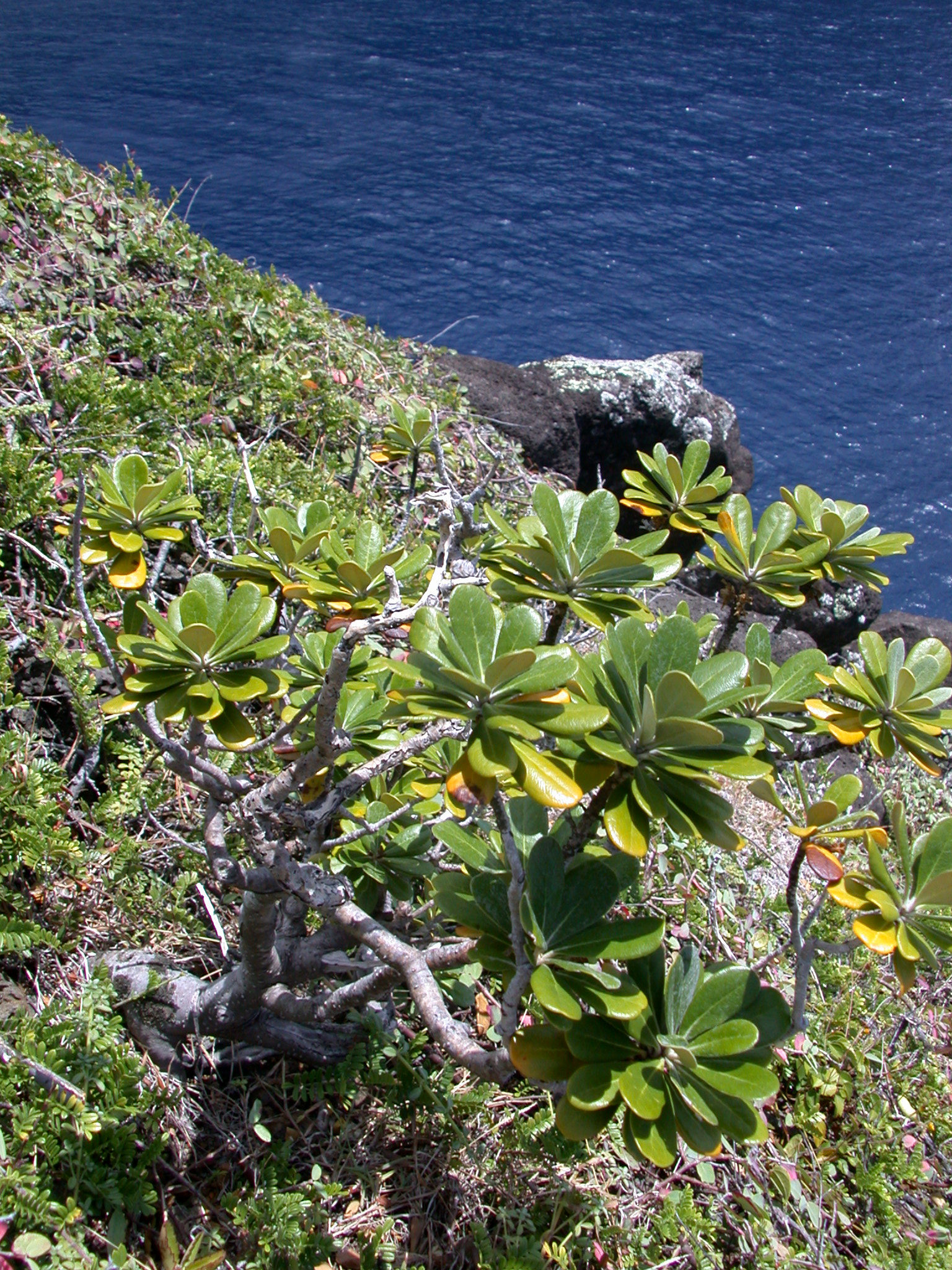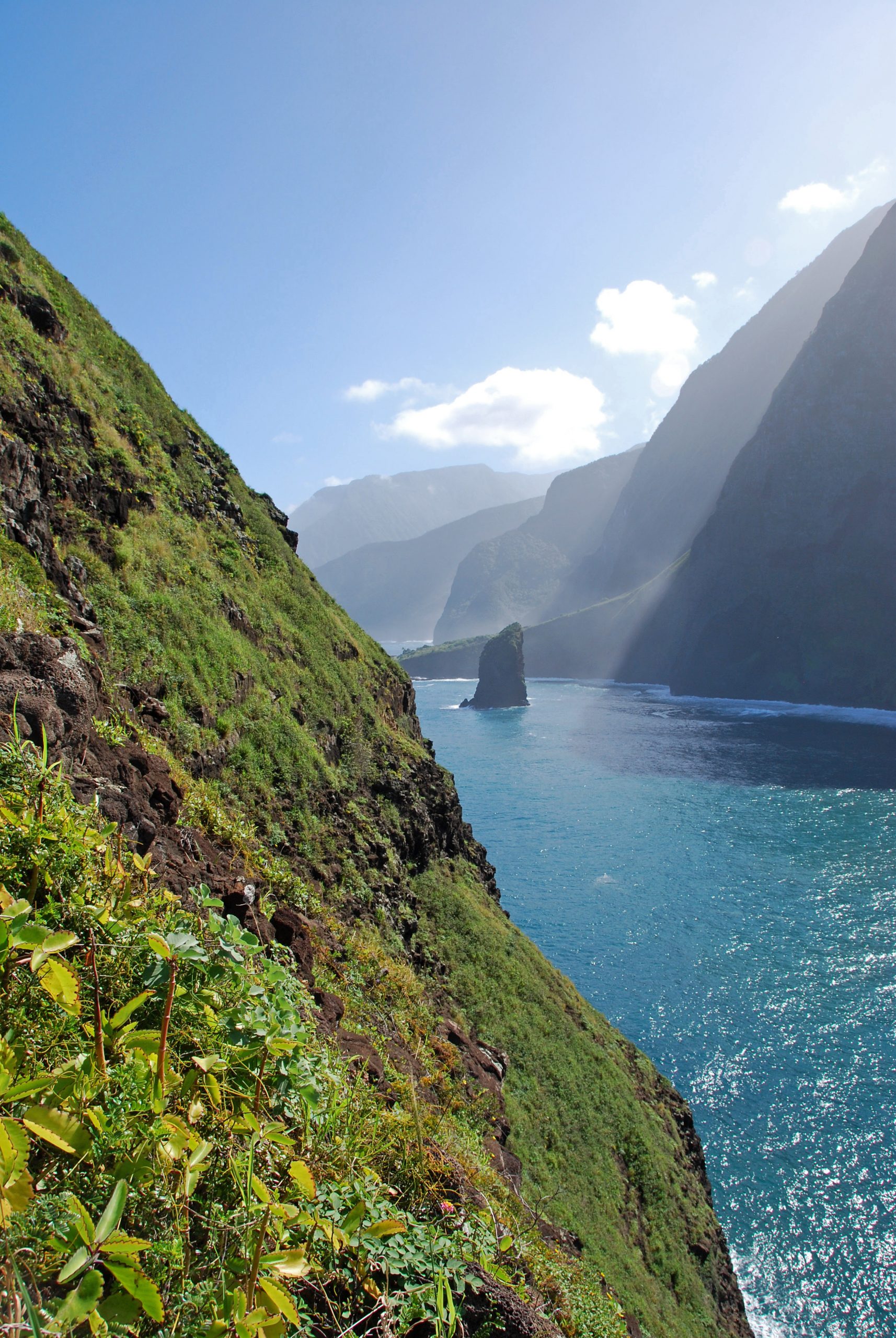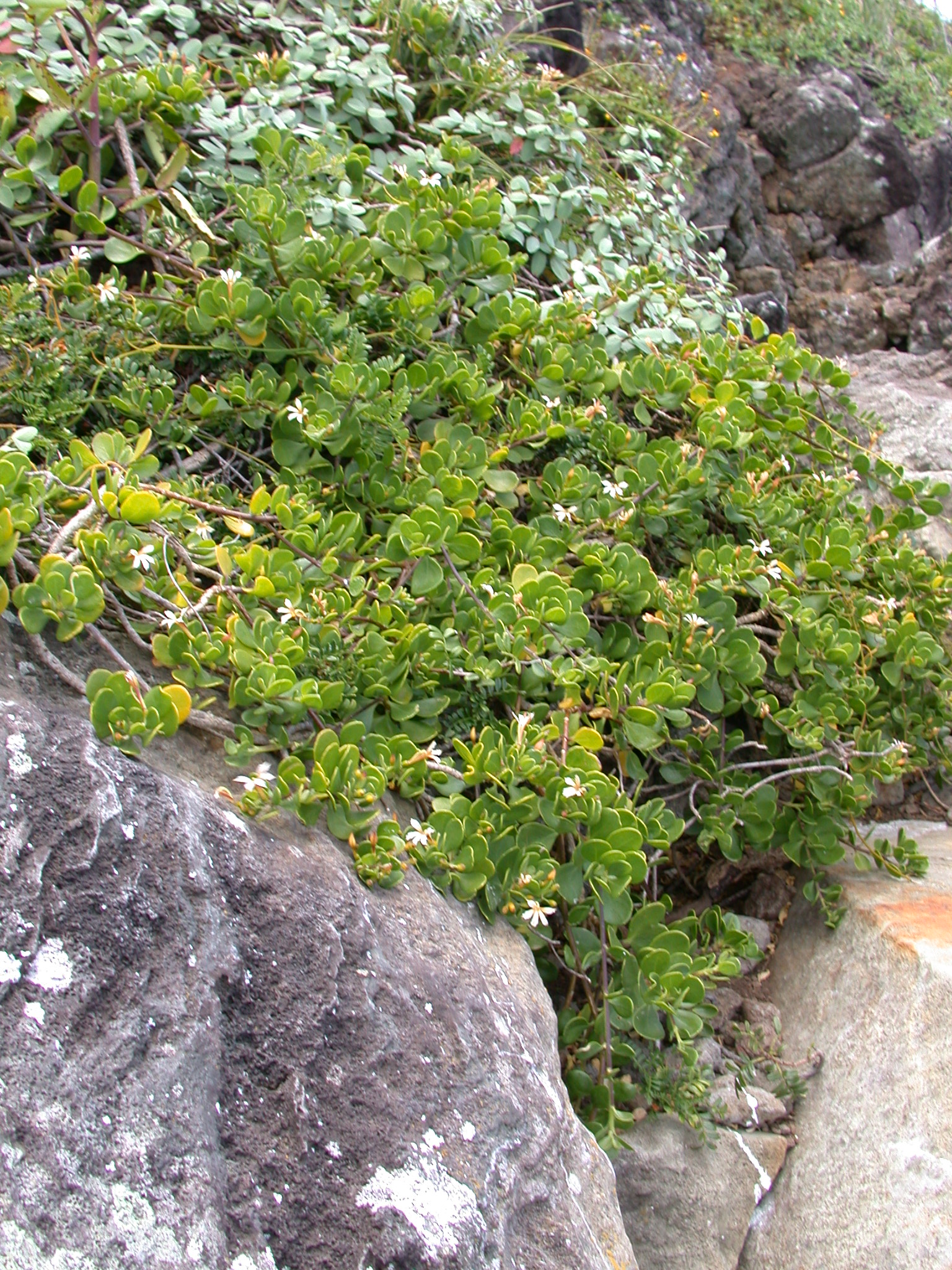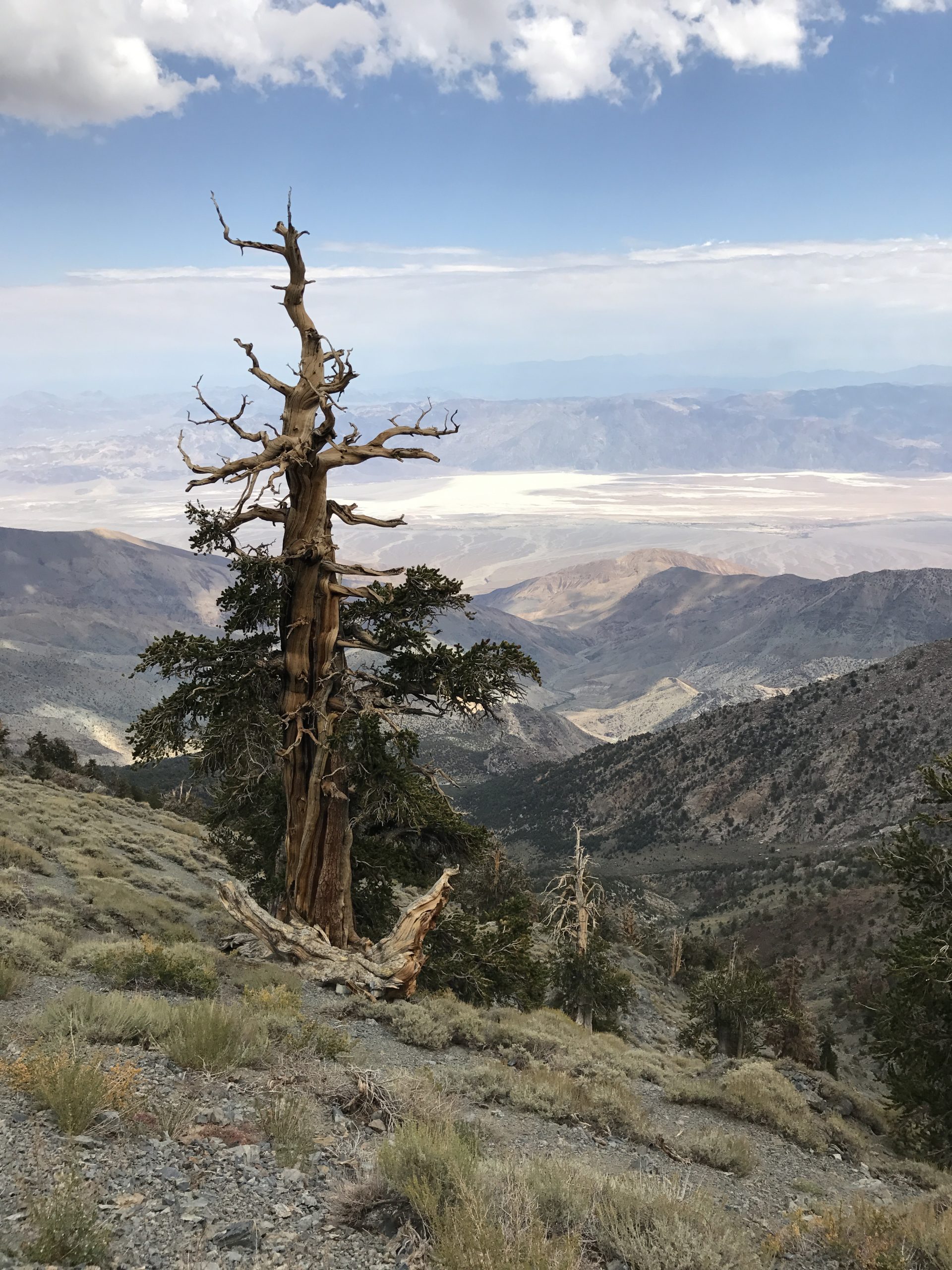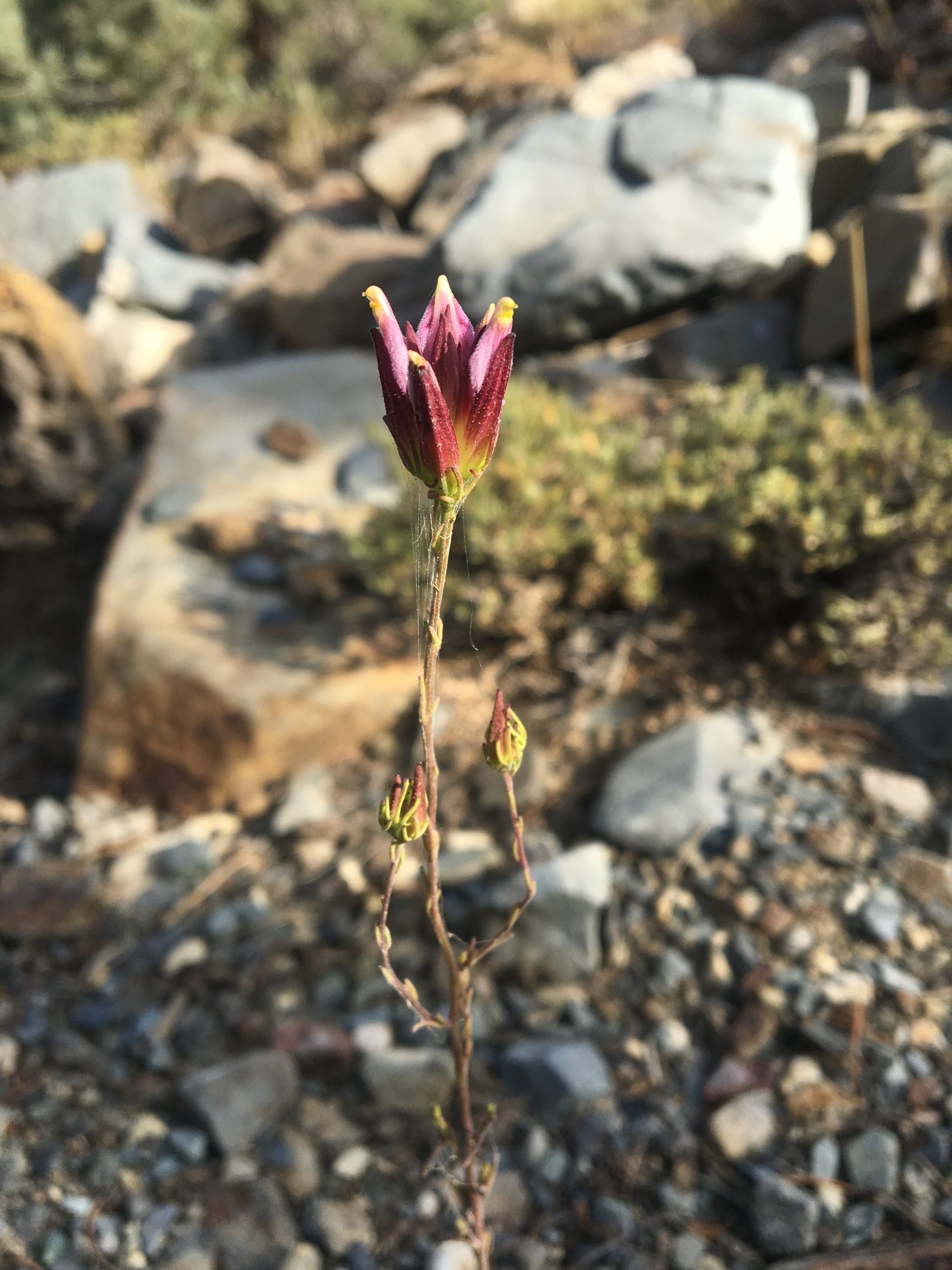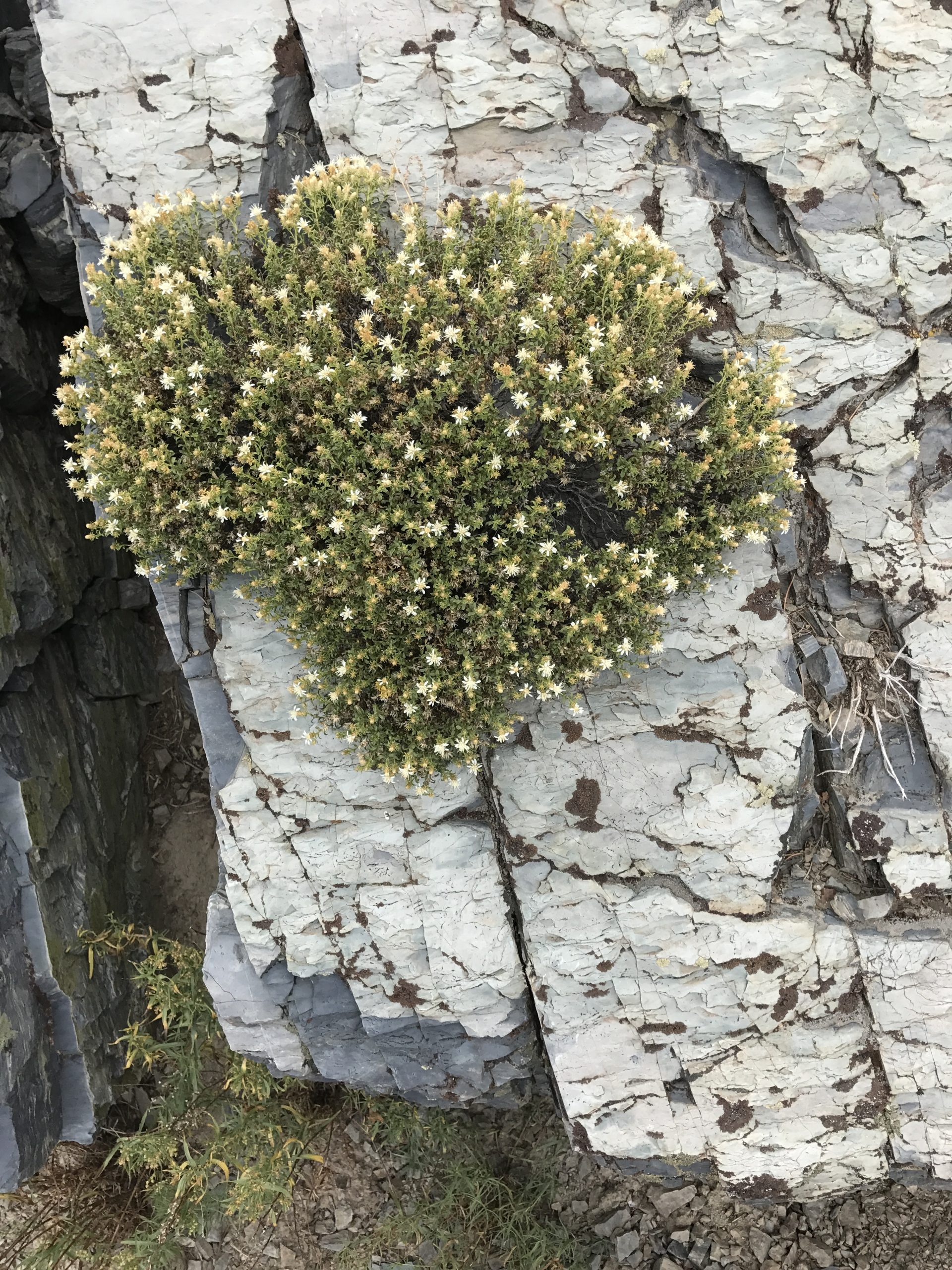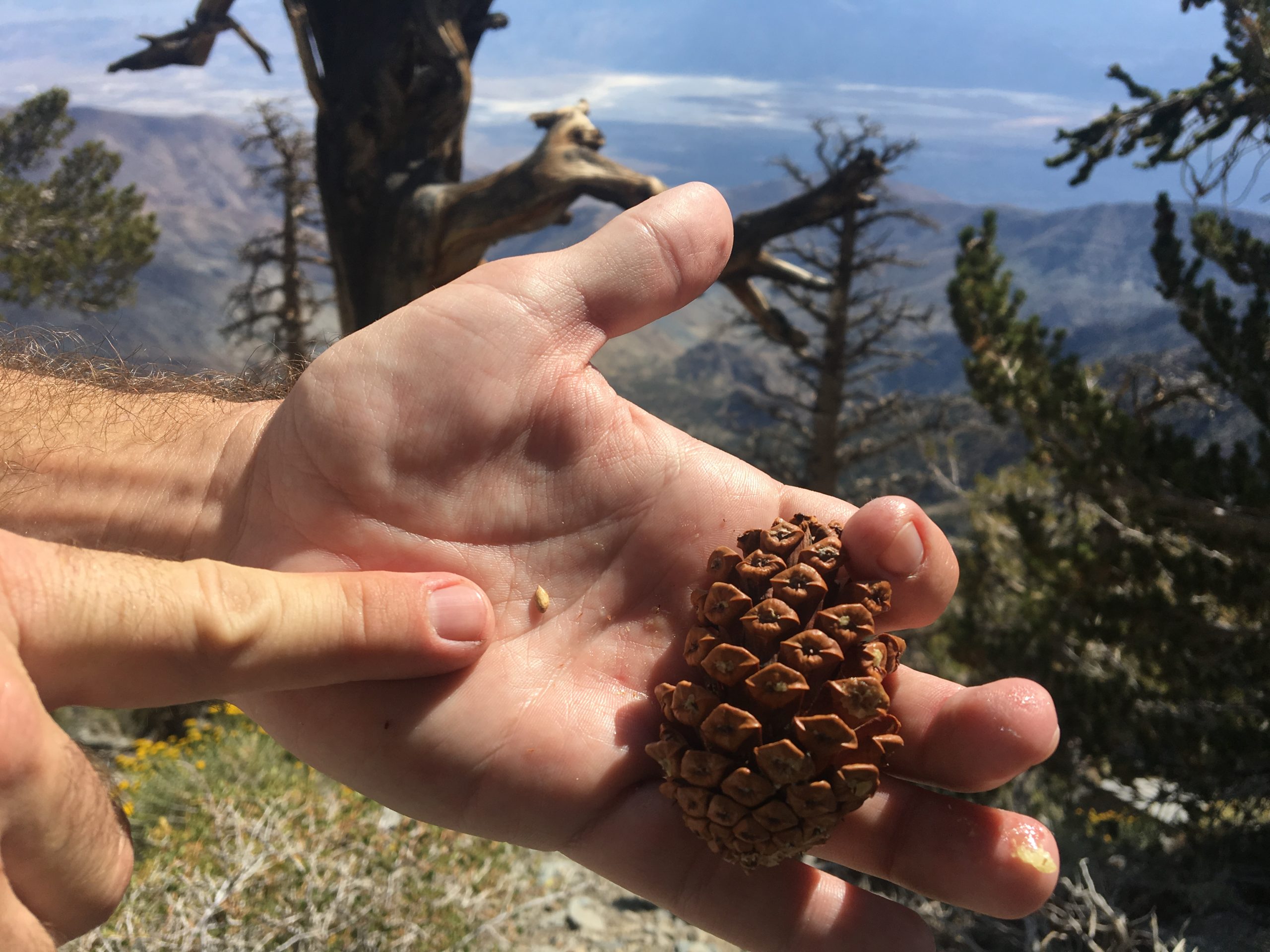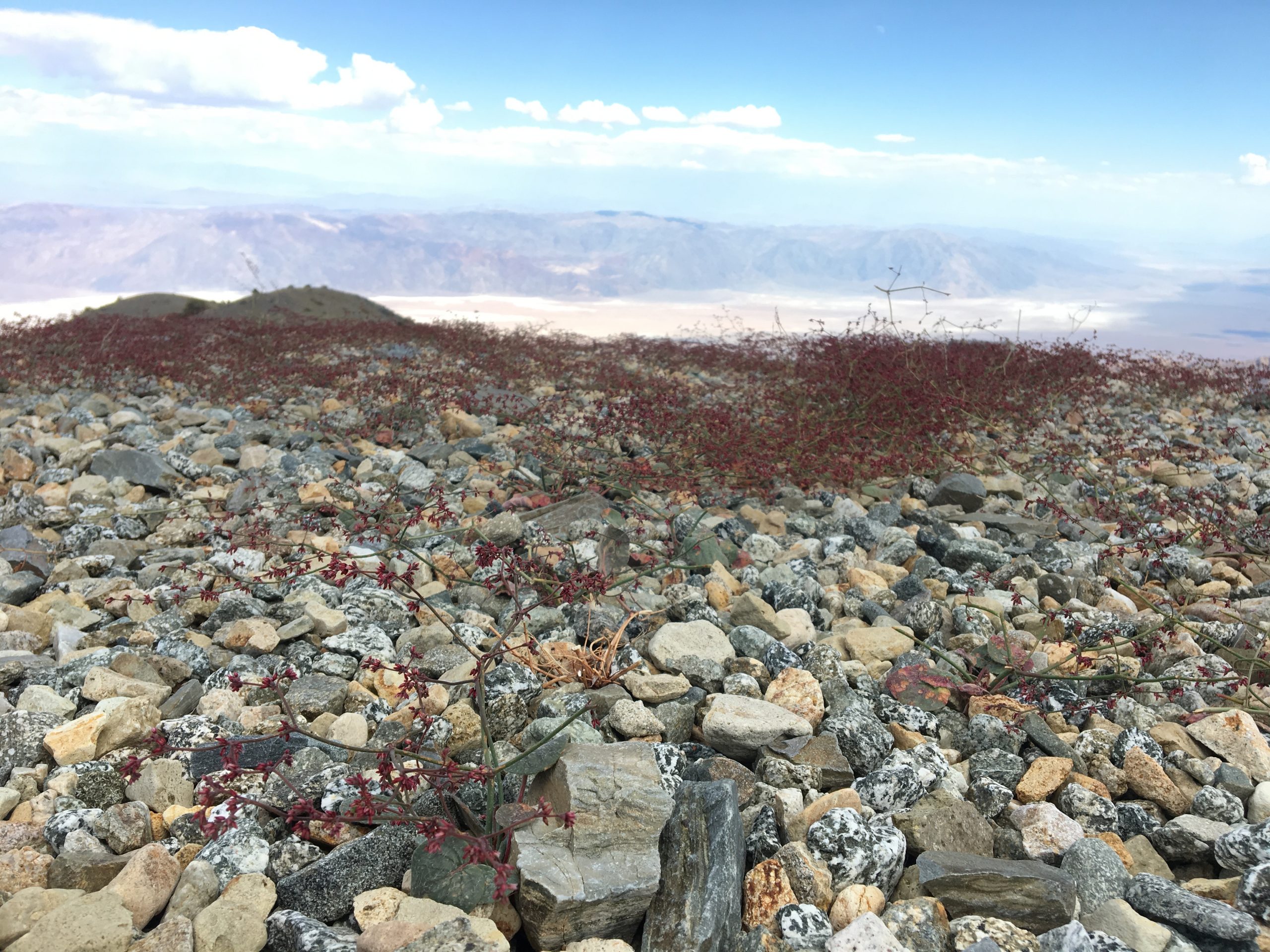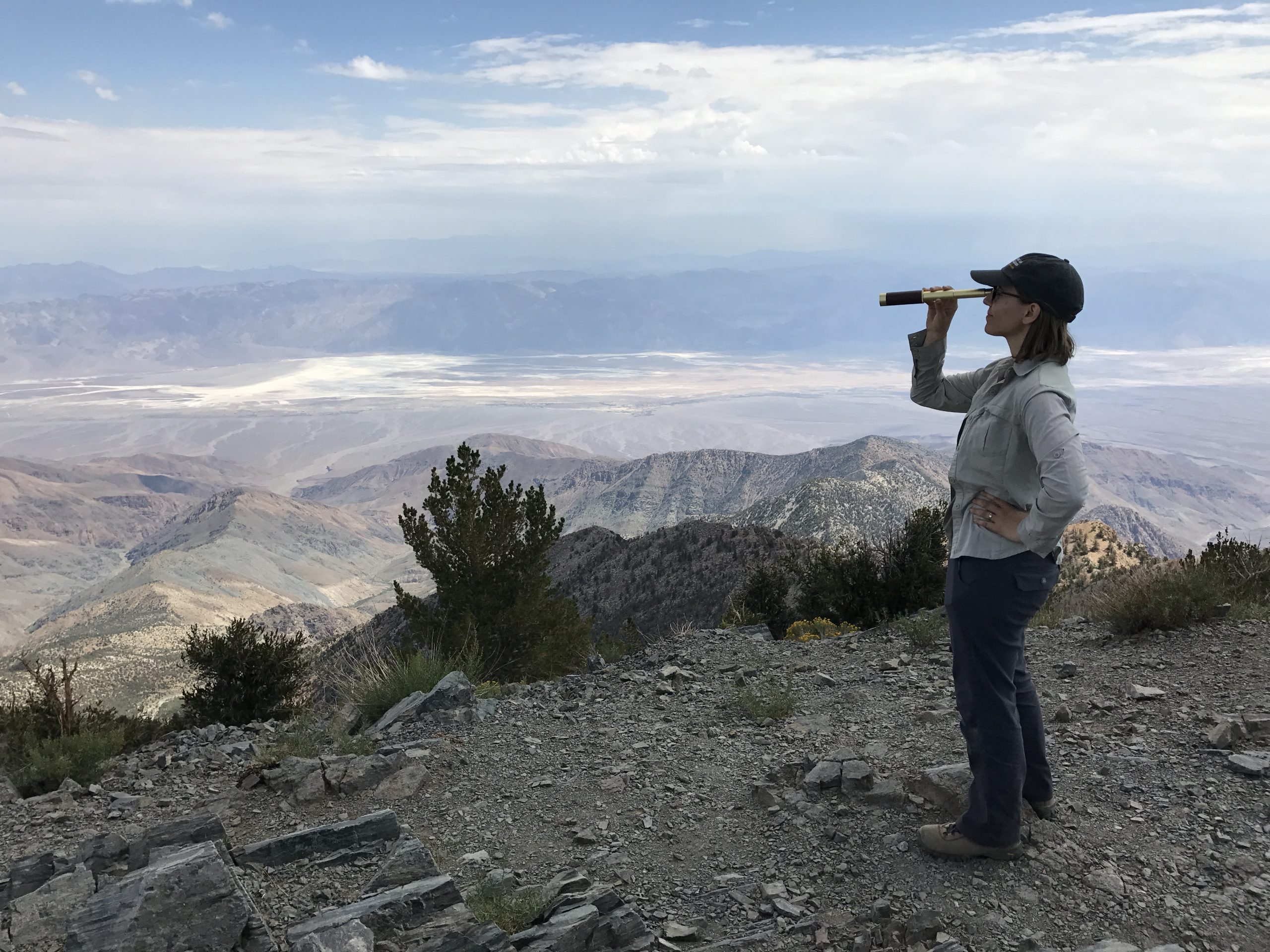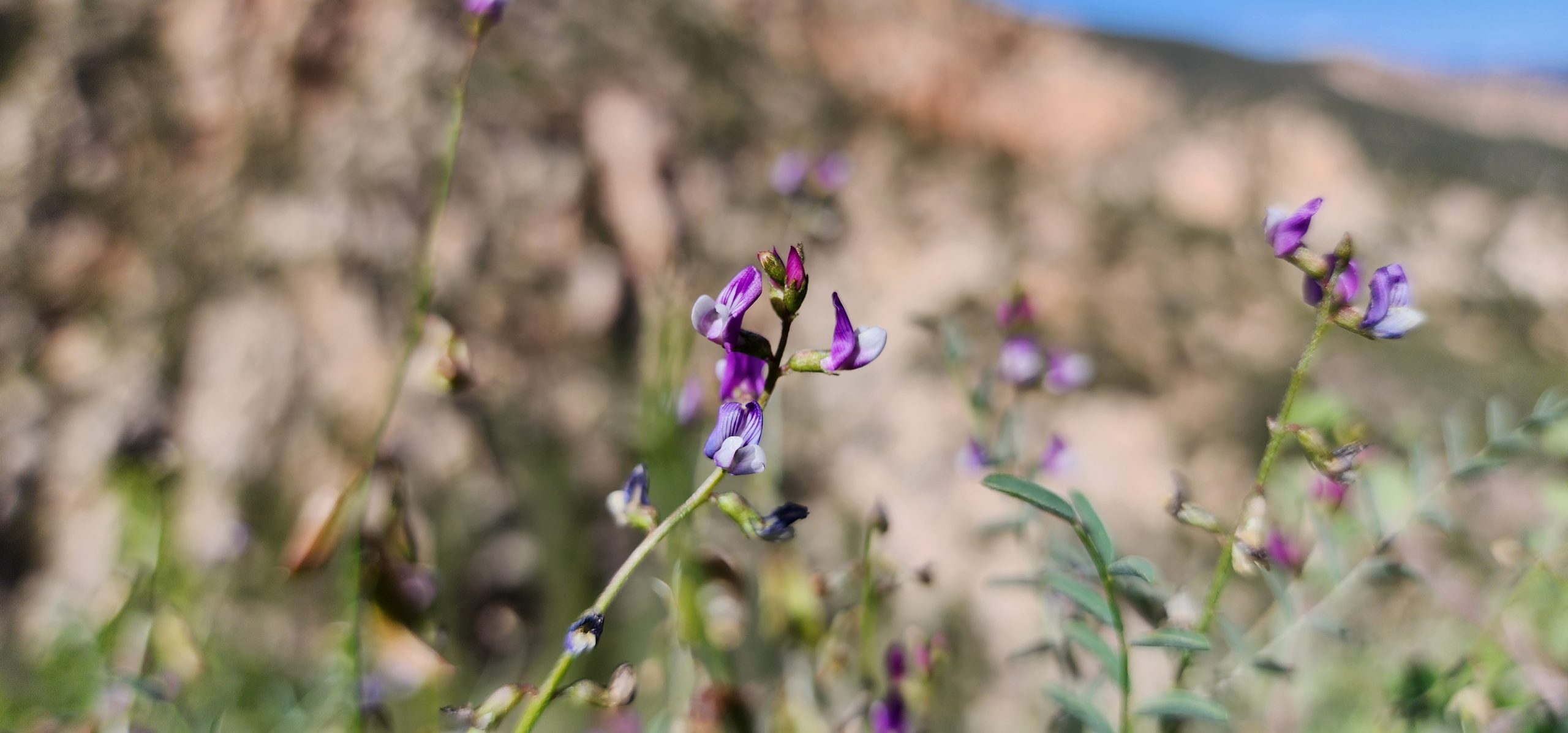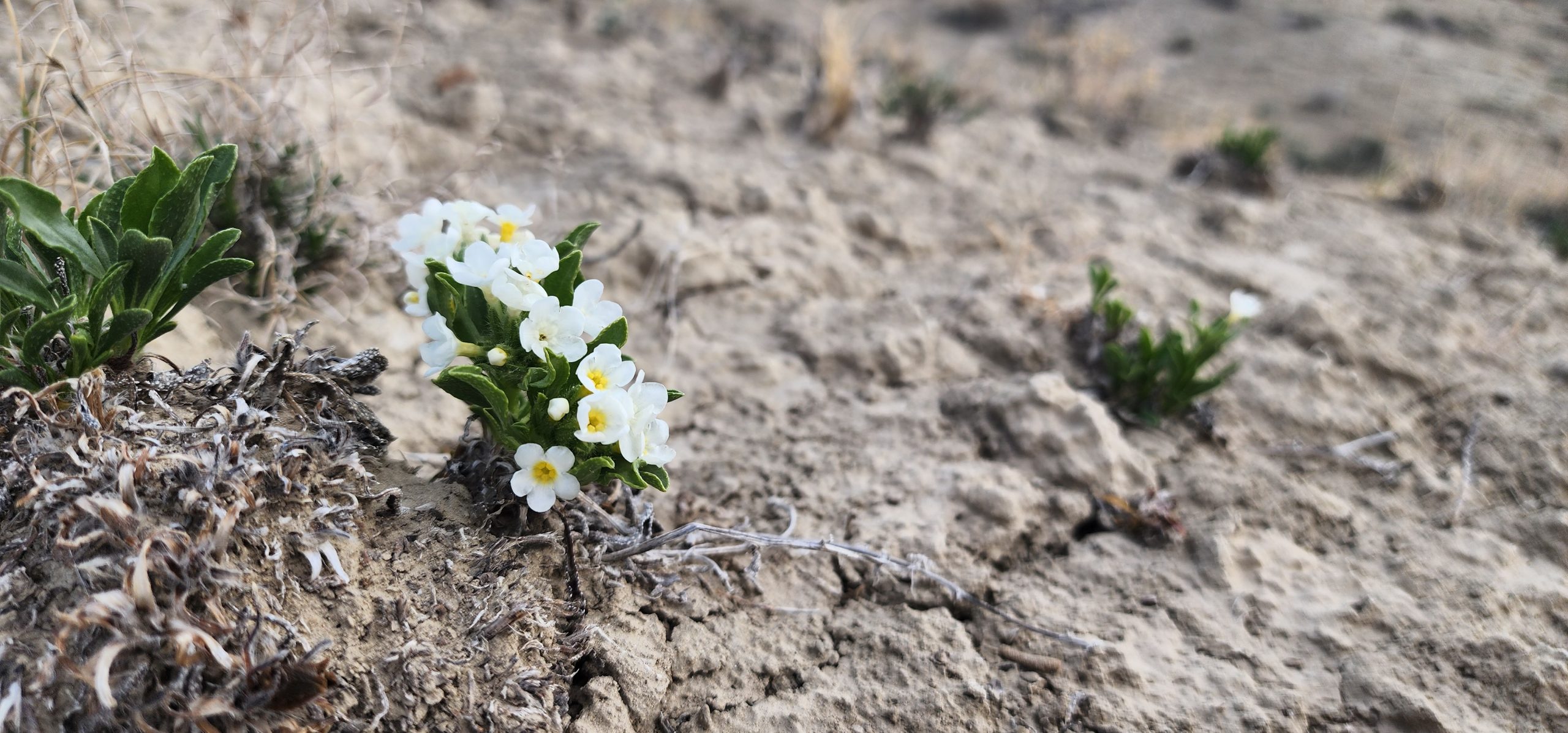Save Plants
CENTER FOR PLANT CONSERVATION
July 2018 Newsletter
The U.S. National Parks Service was officially established in 1916 by the U.S. Government. Encompassing some of the most impressive landscapes in all of North America, if not the world, U.S. National Parks are home to an abundance of native plants. Many imperiled species are protected in these permanently secure lands including 175 federally listed species of plants. CPC Participating Institutions around the U.S. work with our partners in the Park Service to understand, document and protect these species, both in their natural habitats as well as through seed banking, plant propagation and other long-term management strategies. Read on in this issue of SavePlants to learn of a few conservation stories from our partners.
This summer, many of you may be visiting our National Parks. If you are one of the lucky ones to do so this season, keep an eye out for those working to save the plants and habitats that make these lands so special. The U.S. National Parks Service is truly a priceless treasure and through the hard work of many, the diversity and beauty of the parks will live on for generations to come.
Beyond the Islet – Integrated Conservation in Hawaii
On a small rocky island, or more accurately, an islet, jutting up off the shore of Moloka’I, eight dwarf Naupaka (Scaevola coriacea) plants cluster together at the very top. It is the second largest population of this endangered species.
Lower down on the southwestern ridge of the same islet clings a small population of shrubs of the critically imperiled Ho’awa (Pittosporum halophilum). The population consists of one male plant and one female plant.
The islet is called Okala, located off Moloka’i and managed as part of the Kalaupapa National Historic Park (NHP), and it has been a safe haven for these plants for a very long time. But that may not always be the case, as even such isolated islets are not immune to threats like nonnative plants and climate change. The structure of the islet itself may contribute one threat: landslides have killed several of the known Ho’awa plants on other islets, and could impact the two here. Fortunately, National Tropical Botanical Garden (NTBG) is working with the National Park Service (NPS) towards the conservation of both species.
Kalaupapa NHP, the majority of which is located on a peninsula of Moloka’i below steep cliffs, is known for its isolation. This trait was forced on sufferers of Hansen’s disease (commonly known as leprosy), but also served Hawaiian populations as well for hundreds of years before that. And now the park’s isolation, and visitor limits, keep tourism down, the added isolation of the park’s islets off the peninsula’s shore have helped keep the small populations of Ho’awa and dwarf Naupaka going. However, the plants’ presence was not always known or recognized.
Vegetation surveys helped locate these special populations; surveys characterizing vegetation have been a key part of the conservation work NTBG has done for Kalaupapa NHP. Vegetation surveys increase the knowledge of vegetation community for land managers and restoration ecologists, but also present opportunities to find rare plants and make important collections. Conducting a vegetation survey on the rugged islets of Moloka’i is no easy feat, but Kenneth Wood has proved adept at the task. It was while conducting one such survey back in 2006, that he collected cuttings from each of the dwarf Naupaka on Okala islet.
The cuttings of the eight new dwarf Naupaka plants not only provide conservation for those individuals, but also provide new genetic material to study and propagate for reintroductions. Upon his return to Kauai, Kenneth stopped by the home of NTBG propagator Michael DeMotta to inform him of his find. Recognizing the conservation significance of the cuttings, Michael immediately placed the plants in the mist house of his home nursery and began attempting to root as many of the invaluable cuttings as possible. His diligence was rewarded – getting 100% rooted. They were able to share their success with Kalaupapa NHP when the Park’s propagated material died off in 2009.
Michael DeMotta has also been successful propagating Ho’awa, with the species in turn finding success in horticulture and in coastal restoration. Thirteen of the 20 known naturally occurring individuals have been grown from seed collections – including the two occurring on Okala islet. Its ability to withstand salt spray, as its Latin name implies (P. halophilum: halo=salt, phil=love), makes it a great addition to the NPS’s coastal restoration projects within Kalaupapa NHP. In fact, both Ho’awa and dwarf Naupaka are important components of restoration being undertaken at the park as the land managers model their restoration efforts on Pritchardia coastal forests – a plant community which Kenneth Wood has surveyed and studied on another of Kalaupapa’s islets.
This partnership highlights the power that collaborative plant conservation has to save species. Many of the naturally occurring Ho’awa plants have been lost to landslides and drought – highlighting the importance of partners growing over 150 plants in various locations, including NTBG. Support for the species is broad, despite the isolation of Kalaupapa. And NTBG will continue to support these species through their advice and collections as long as needed.
All photos by Kenneth R. Wood, National Tropical Botanical Garden.
Seed Collection in a Land of Extremes
People thought Cheryl Birker must be crazy when she told them she was going to be doing a 14-mile hike in Death Valley National Park to monitor plants in August. Death Valley National Park is, after all, known for extreme heat. But Cheryl, Seed Conservation Program Manager at Rancho Santa Ana Botanical Garden (RSABG), and Duncan Bell, RSABG’s Senior Field Botanist, were headed to the Panamint Range, a stretch of mountains along the western edge of the park reaching 11,049 ft, where it was a lovely 75 degrees. Home to ancient Bristlecone pines (Pinus longaeva) and bright annuals, these mountains are botanically diverse and host a number of plant species endemic to the range and many rare species. Plus, botanists can enjoy a 360°-view that simply cannot be beat – capturing both the highest and lowest points in the continental U.S.
The unique diversity of Death Valley National Park, and the Panamint Range in particular, made the range an excellent location for RSABG to make collections to advance the goals of California Plant Rescue (CaPR). CaPR is a collaborative project to secure the future of California’s native flora by collecting seeds for long-term preservation and to record information from wild populations to support land management efforts. With CaPR goals in mind, and building off a relationship with the National Park Service (NPS) established nearly 10 years prior, Naomi Fraga (Director of Conservation Programs) reached out to the NPS to initiate the project and to secure the necessary collection permit. RSABG’s relationship with NPS began to take shape when they partnered with Joshua Tree National Park as part of the CPC’s initiative in the 2000s and early 2010s to conserve the federally listed species on National Park lands.
Despite the short duration of the permit, RSABG collection efforts met with great success. In 20 months they were able to make 16 collections of 11 different species in the park, most within the Panamint Range. The species are all recognized as rare, to some degree, by the California Native Plant Society’s rare plant inventory, several are ranked G1 or G2 by NatureServe, and a handful currently occur only at the top of Telescope Peak, the highest mountain in the range.
Many of the species Cheryl and Duncan collected are naturally rare, occurring in only a narrow range which happens to be protected in our nation’s robust national park system. Even so, these plants are facing multiple threats. The popularity of the Park works against some species. For instance, an understated root parasite, desert bird’s beak (Cordylanthus eremicus ssp. eremicus) is found in the vicinity of the Wildrose Charcoal Kilns, a popular tourist stop in Death Valley, where it is subject to trampling and other disturbances. However, climate change may pose the widest and most dire threat. A sky island habitat, the Panamint Range are surrounded on all sides by desert. This leaves the species at the top of the tallest peak with no place to go in the face of rising temperatures.
With these plants at risk, it is important for botanists to know how to propagate the species for either restoration to the wild or to maintain in collections. RSABG is taking this on, too. As they test seed for viability and learn to propagate, the resulting seedlings generated from the testing can then be used for seed bulking and inclusion into the garden’s living collection as a further means of ex-situ conservation.
Cheryl and RSABG hope to continue their work with NPS in Death Valley NP, Joshua Tree, and other parks in California. They know they will continue to research and learn about the rare treasures they have already found there.
Photo credit: Cheryl Birker and Duncan Bell, Rancho Santa Ana Botanic Garden.
Virgin Islands National Park Endemic Plant Gets Urgent Habitat Management Assistance from Park Officials
Virgin Islands National Park (VINP) covers nearly 60% of the island of St. John and offers miles of trail for hikers. Yet it wasn’t enough for somebody on the island. In 2001, a clandestine trail clearer cut a four-foot wide path through the remote White Cliff area of the park. Right through center of the main population of Earhart’s stopper (Eugenia earhartii), a rare island endemic tree.
Earhart’s stopper is a long-lived tree of the Myrtle family found only in VINP. The main population, the one callously cut through for an illegal trail, was discovered in 1990 by Pedro Acevedo. Its habitat is a leguminous scrub-thicket, a variant of tropical dry scrubland, which builds up a thick layer of duff (the decaying leaf litter on the forest floor) and is dominated by a tree called Amarat (Senegalia muricata). Despite a geographic distribution limited to an island of barely twenty square miles, requiring highly specialized soils loaded with manganese, iron and other metal precipitates (generally not seen as welcoming to many plants), and having densely-packed populations, the species had been highly successful – but faces many threats.
The trees are also long-lived and slow-growing, with many trees achieving bases approaching a half meter with growth increments of far less than a millimeter per year. This only accentuates the damage from the trail. And that damage was not only from the initial cutting, but from the intrusion from hiking enthusiasts, tourists, pigs, and goats that the trail subsequently prompted. The habitat had been intermittently grazed by goats for decades, but animals follow openings and the new trail took them right through the heart of a rare plant population. Fortunately, Earhart’s stopper has an advocate, and the staff at VINP have been taking action.
Gary Ray, Ph.D., a plant ecologist who often collaborates with St. George Village Botanic Garden, has been working with the National Park Service and studying Earhart’s stopper for years. In 2013, his concern for the damage from the trail prompted him request for the closure of the habitats encompassing the core population and an adjacent sub-population. The request was granted. Though temporary, the closure allows some time for recovery and aids the continuing population ecology and genetic research. A recent request for controlling free-roaming feral goats in the vicinity of the population has also been heeded by Park officials.
Research will be key to conserving and managing the species going forward, and much has been learned about the species. Recent surveys have revealed another 200 individuals belonging to the core population, now approaching 1,000 individuals. The canopy height ranges from 1-3 meters, and the basal diameter averages 9 cm. The core population has a disjoined segment some 600 meters to the west. It is likely that these two distinct aggregations were conjoined in the past. Habitat destruction may account for this separation, as the leguminous scrub-thicket habitat extends more less uninterrupted along the coastal ridgeline. A very small second population, no larger than two dozen individuals, occurs 3 km to the east of the core population. Propagules will soon be going to St. George Village Botanical Garden on nearby St. Croix island for added ex situ conservation. Yet there is more to do: Gary and the NPS staff hope to measure and map every individual in anticipation of future federal listing and, hopefully, even more support.

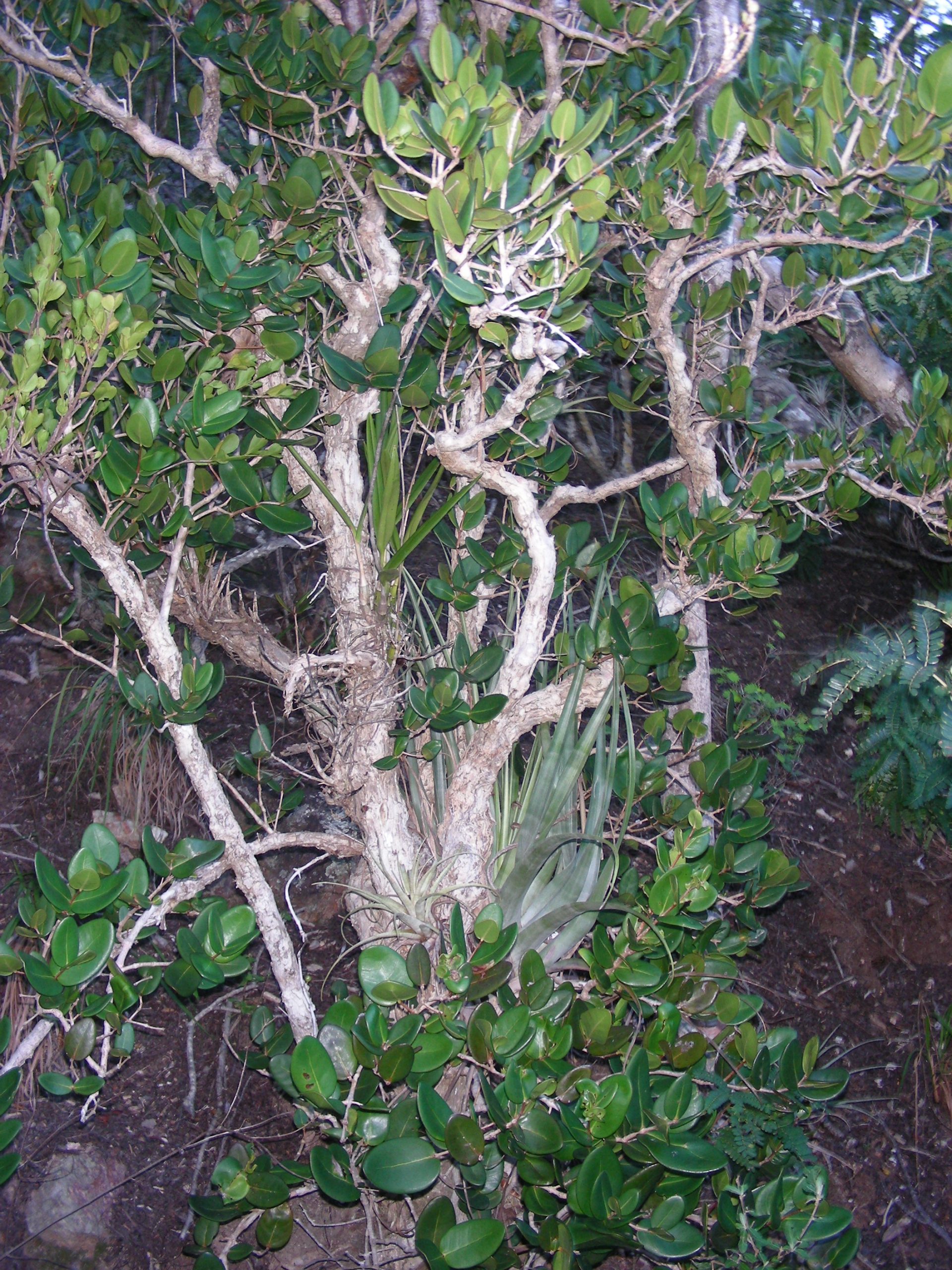
Get Updates
Get the latest news and conservation highlights from the CPC network by signing up for our newsletters.
Sign Up Today!Donate to CPC
Thank you for helping us save plant species facing extinction by making your gift to CPC through our secure donation portal!
Donate Today